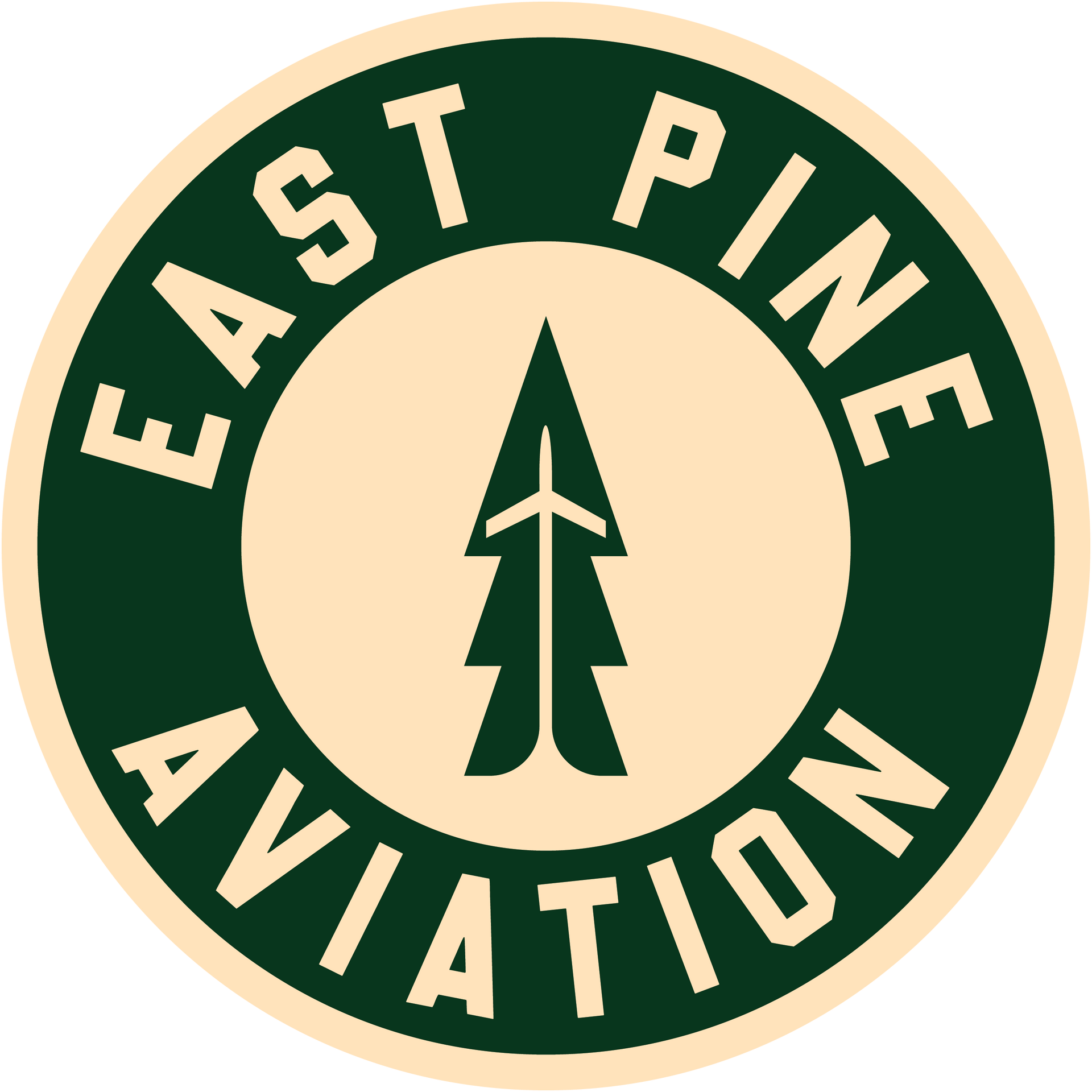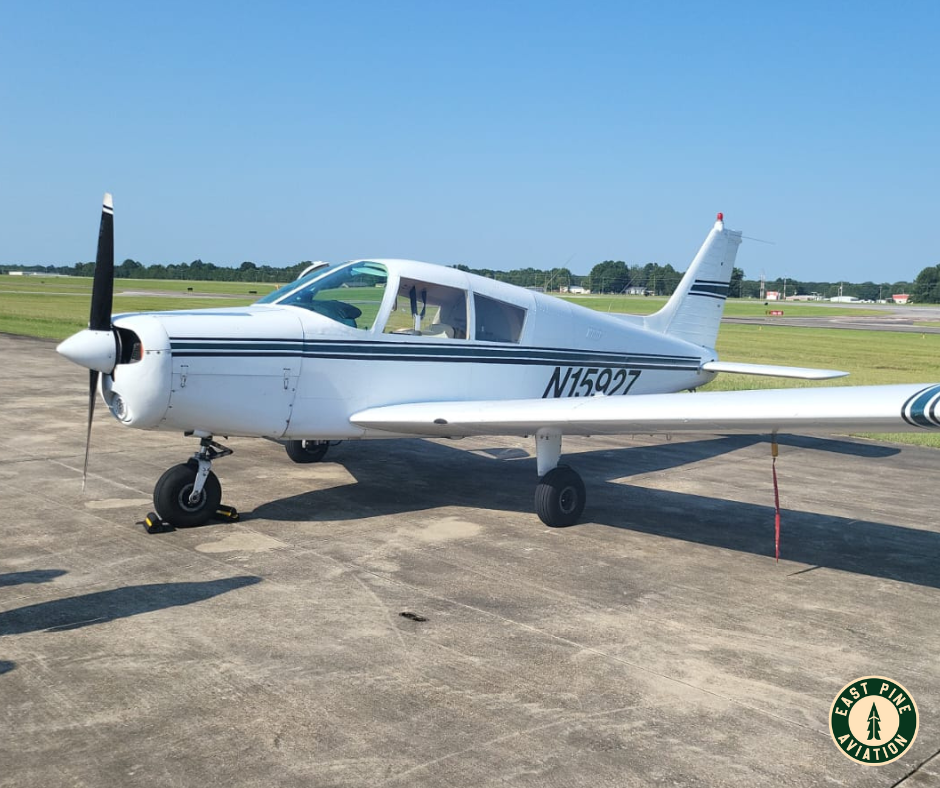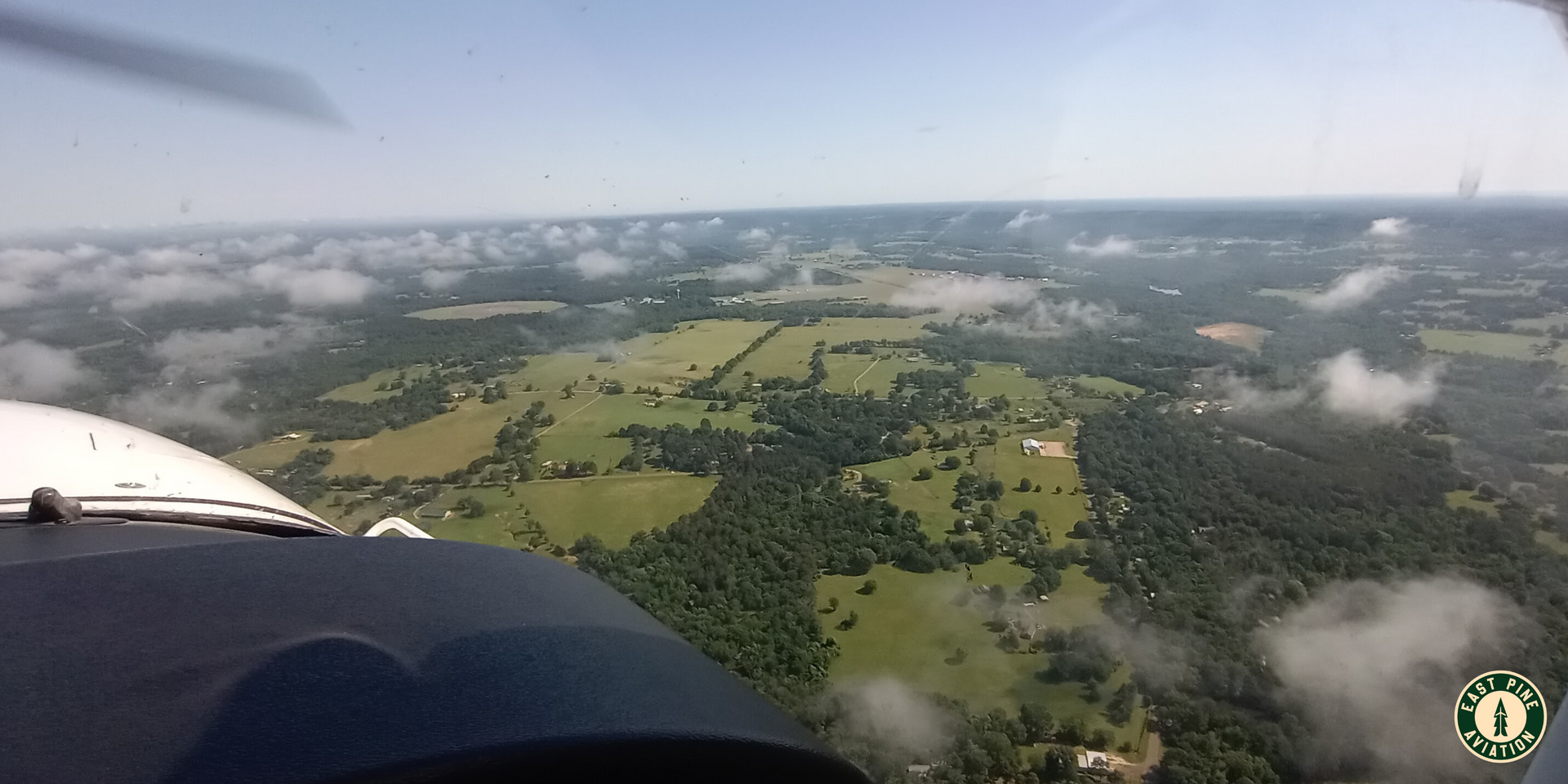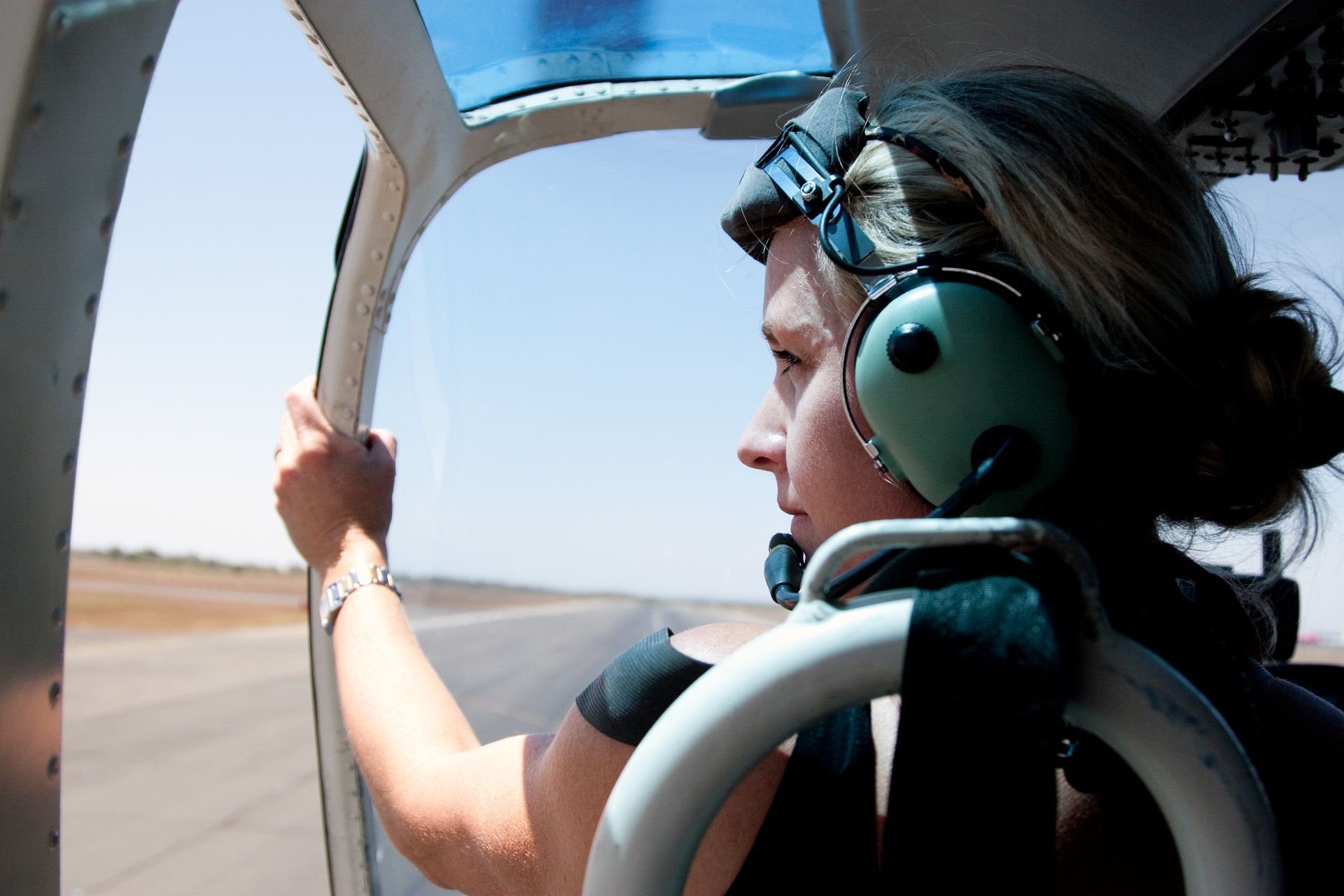The Importance of Pilot Training and Certification
Pilot training and certification are paramount in aviation. They are the cornerstone of safe and efficient flights, ensuring that pilots are equipped with the necessary skills and knowledge to operate aircraft under various conditions. The beginning of your journey in aviation offers a clear and well-defined path for certification. Throughout this training process, each phase will include written testing, oral or in-person testing, and demonstrations of proficiency.
Best Practices in Pilot Training
The Experimental Aircraft Association (EAA) recommends several best practices for flight training. These include:
Preparation: Studying before each flight lesson is crucial. This expedites the training process and saves money.
Consistency: Scheduling at least three lessons per week helps maintain proficiency and reduces overall training costs.
Studying: Familiarizing oneself with aircraft checklists and cockpit layout at home and not delaying the FAA Knowledge Exam are key to a smooth training experience.
Instruction: It’s important to remember that the student-instructor relationship should benefit the student. If learning styles don’t mesh, it’s okay to seek a new instructor.
The Journey of Flight Training: From Private Pilot to Commercial Pilot
Private Pilot Training
The journey to becoming a pilot begins with Private Pilot training. This phase focuses on learning basic flying skills such as flying straight and level, climbing, descending, turning, taking off, and landing. The training also emphasizes the importance of preparation, consistency, and studying. Students are encouraged to familiarize themselves with aircraft checklists and cockpit layouts at home and not delay the FAA Knowledge Exam. This foundational training ensures that pilots are equipped with the necessary skills and knowledge to operate aircraft under various conditions.
IFR Certification
After obtaining a Private Pilot License, the next step is the Instrument Flight Rules (IFR) certification. More than half of pilots in the United States go on to earn an instrument rating, according to the AOPA. This training focuses on flying the airplane within precise parameters. It teaches pilots how to control the aircraft using the instruments and mechanisms in the cockpit. Practical techniques to fly safely and efficiently, how to stay ahead of the aircraft, how and when to make the best use of departure procedures, how to make stabilized approaches, how to create an emergency plan of action, and how to effectively communicate with ATC are all part of this training. This certification allows pilots to operate under instrument flight rules, which is essential for flying in poor visibility conditions.
Commercial Pilot Training
The final step in the journey is the Commercial Pilot training. This training takes pilots a step beyond the average Private Pilot. It provides advanced theoretical knowledge about flying, including aerodynamics, flight operation, flight performance, and flight planning. Commercial pilots learn how to apply this knowledge to improve their success in the air. They understand how various factors, such as the weather and human factors, can impact the way they fly. This training prepares pilots for a career in aviation, enabling them to operate aircraft used in firefighting, rescue operations, charter flights, crop dusting, and aerial photography.
Training and Proficiency Is a Lifelong Commitment
Safe pilots understand that learning is a lifelong process. They proactively seek recurrent training (such as flying with a CFI) and constantly strive for proficiency, knowing that every lesson is a step towards safer flights. It is important to view recurrent training not as a regulatory requirement but as a commitment to personal growth and the safety of passengers and crew. In the dynamic world of aviation, the pursuit of knowledge never ends, and the safest pilots are those who never stop learning.
Insights From the Aviation Forum Community
As your career in aviation begins to take flight, you'll find the greatest resource in the pilots and aviators around you. Be sure to get yourself involved in the community around you, and don't be afraid to ask 'dumb questions.' Commit yourself to an attitude and practice of lifelong learning, and you'll find new perspectives on best practices and safe flight.
The online aviation forum community is a rich source of insights and experiences shared by both professional and amateur aviators. For instance, Pilots of America is a popular forum where discussions range from factual events happening in the airline and general aviation industries to opinion-based discussions about aviation. Reddit and the Flying or Aviation communities are full of career and hobbyist aviators. These forums can provide valuable perspectives on the importance of pilot training and certification and how it contributes to the overall safety and efficiency of flights.
East Pine Aviation: A Premier Flight School in Longview, Texas
East Pine Aviation, located in Longview, Texas, understands the importance of pilot training and certification. It offers comprehensive flight training services that cover all aspects of flight training, from private pilot to commercial pilot. The school is committed to providing the highest quality of training to ensure that its students are well-prepared for their careers in aviation.
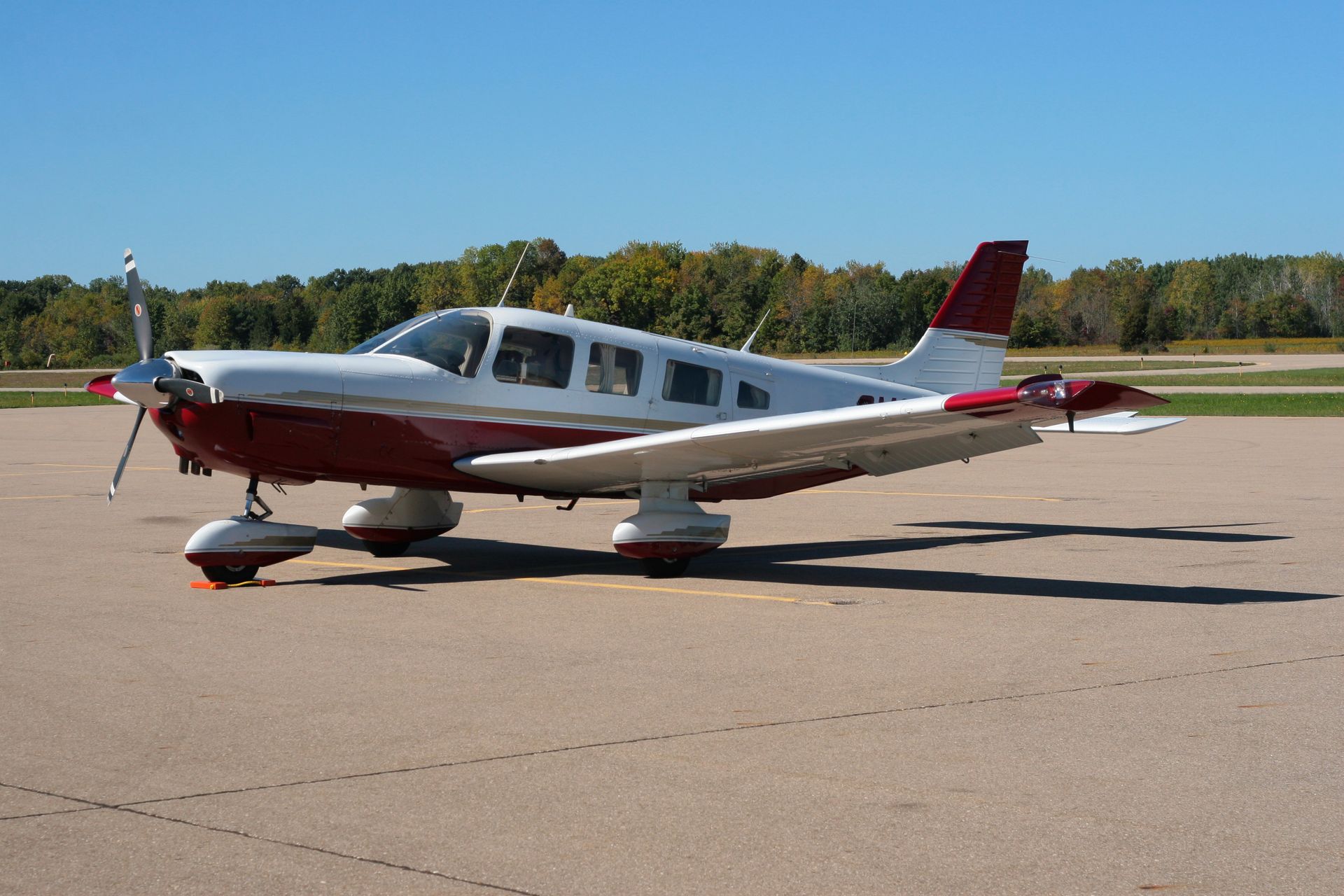
Contact Information
Phone:
Address:
147 Central Road Longview, TX 75603
Our Location
